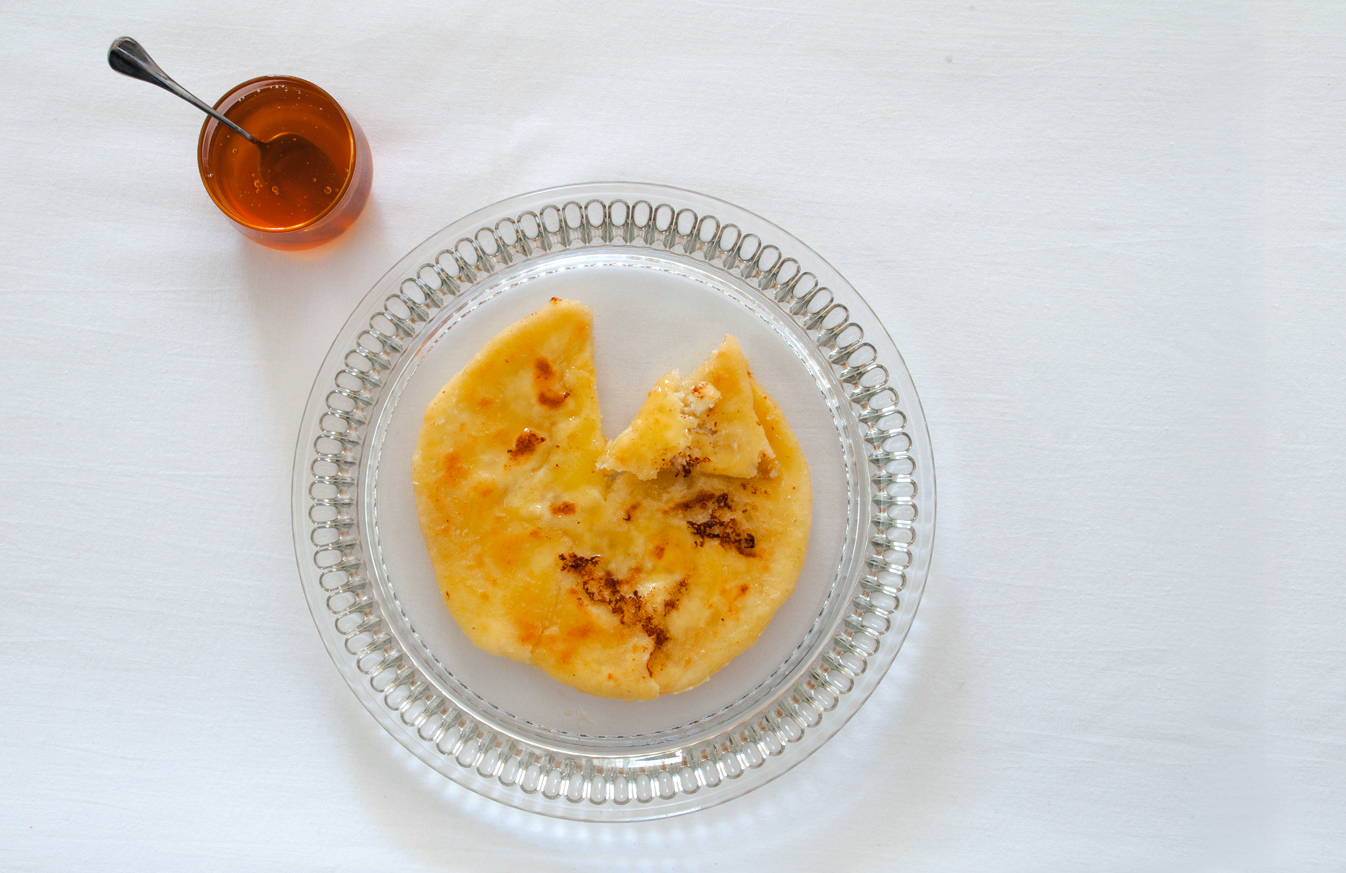The famous “Sfakiani Pita” or “Sfakianopita”, a pie from the southern Crete region of Sfakia, is vying for a spot on UNESCO’s Intangible Cultural Heritage List, the Municipality of Sfakia announced this week.
In an interview to public broadcaster ERT, Sfakia Mayor Yiannis Zervos said that in collaboration with the Region of Crete the required file would soon be submitted for inclusion on the list.
Zervos said the Sfakianopita is a trademark of the Sfakia region and world renowned.
The aim, he said, is through UNESCO recognition to preserve the preparation method which goes back in time and includes the finest ingredients produced on Crete. Today the secret, he added, has been passed on to the younger generations.
Additionally, UNESCO recognition will also help promote Crete to the world, he said.
Sfakianopita: A Cretan Treat
The “sfakianopita” (also known as Sfakian Pie) is a wafer-thin, pancake-like pie made of flour, water, extra virgin olive oil, salt and raki, and a filling of Cretan mizithra cheese. It is topped with honey from Crete. In the past, it was made in wood fire ovens. Today it is made in the frying pan.
The Sfakia pie is served as a treat to guests as a gesture of Cretan hospitality as well as at major life events and celebrations including at weddings and christenings. It is always accompanied by Cretan spirit raki.

The traditional Greek diet, the Mediterranean Diet, was included on UNESCO’s Intangible Cultural Heritage List in 2013.
There are currently 10 Greek customs, traditions, and practices that have been included in UNESCO’s Intangible Cultural Heritage List. These include the practice of transhumance, the seasonal droving of livestock (2023), the August 15th (Dekapentavgoustos) festivities in two Northern Greece communities – Tranos Choros in Vlasti and the Syrrako Festival (2022), the Polyphonic Caravan, researching, safeguarding and promoting the polyphonic song of Epirus (2020), the Byzantine chant of Greece (2019); the Greek art of dry stone walling (“xerolithia”) (2018); the rebetiko music genre (2017); the Momoeria New Year’s celebrations in eight villages of Kozani, Western Macedonia (2016); the marble craftsmanship of Tinos island (2015); the practice of mastic cultivation on the island of Chios (2014); and lastly, the Mediterranean Diet (2013).
The UNESCO Intangible Cultural Heritage List was established in 2003 and recognizes the global value of traditions, knowledge, and practices with the aim to protect disappearing heritage for future generations.



